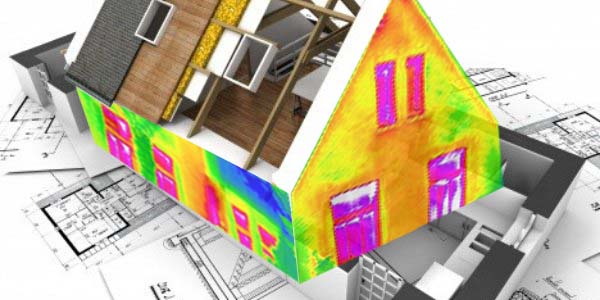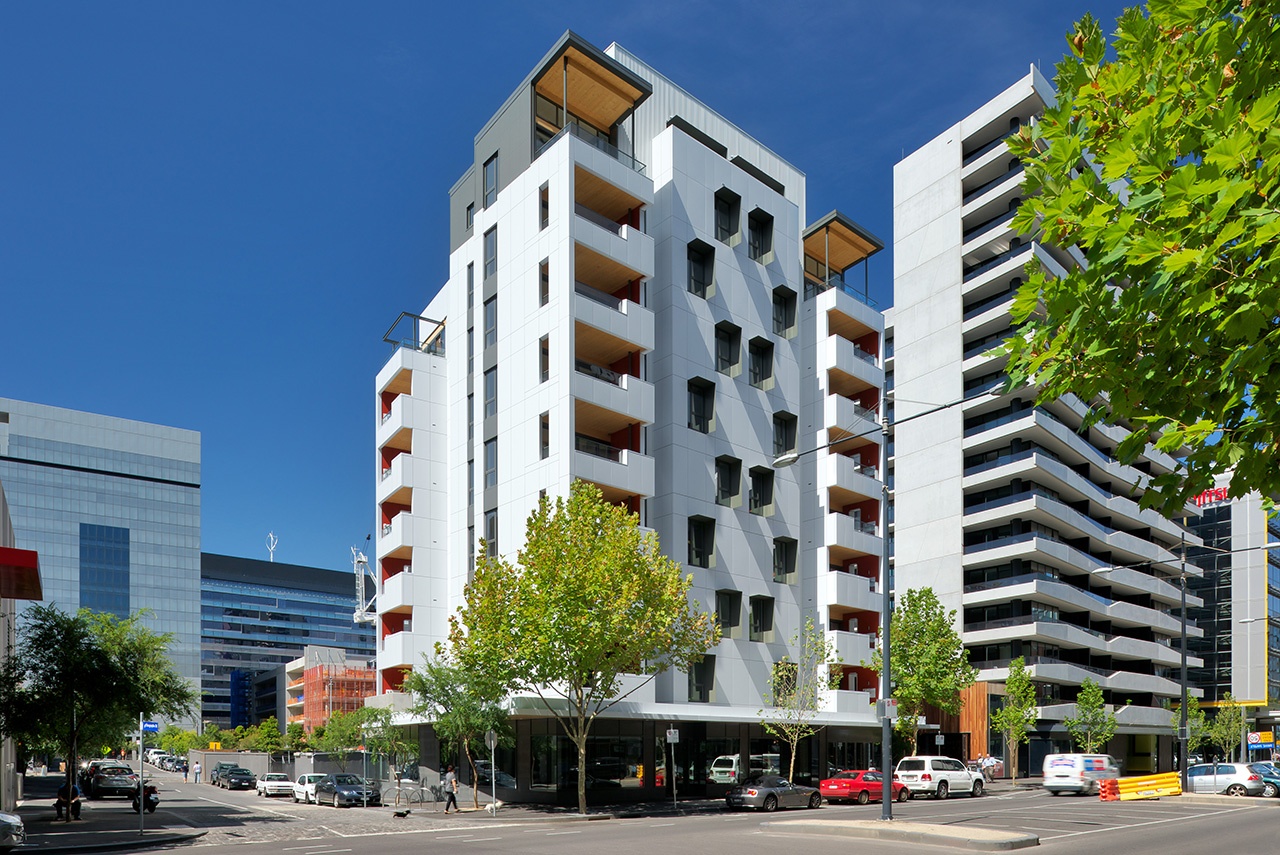What is a WUFI Model?
WUFI (Wärme Und Feuchte Instationär, which translates to Transient Heat and Moisture) is a computer software program used for simulating and analysing heat and moisture transfer in building materials and assemblies.
It was developed by the Fraunhofer Institute for Building Physics in Germany and is widely used by building professionals, researchers, and manufacturers around the world.
Do I require a WUFI Model?
Whilst there is no current criteria, regarding moisture, that requires a WUFI Model within the Building Codes of Australia. However, this criteria is said to be tightening to ensure built developments have a higher degree of condensation and moisture management. A WUFI Model can help to assess performance against the current requirements and ensure a highly optimised solution.
What does the WUFI Model measure?
The WUFI model is based on a detailed analysis of the physical processes that affect heat and moisture transfer in building materials, including mass transport, phase changes, and capillary effects.
The software uses a finite-difference numerical approach to solve the equations governing heat and moisture transfer in building materials over time.
This allows for the prediction of how moisture content and temperature within building assemblies will change under different environmental conditions, such as temperature, humidity, and rainfall.
What are the benefits of the WUFI Model’s application to commercial buildings?
Some of the key applications of WUFI in commercial buildings include:
- Assessing the moisture performance required of the Building Codes Australia (BCA) for building envelopes: WUFI can be used to evaluate the moisture performance of walls, roofs, and other building envelope components under different climatic conditions and occupant behaviour patterns. This can help designers optimise building envelope design and identify potential moisture-related issues that can affect the durability of the building.
- Evaluating the energy performance of building envelopes: WUFI can be used to predict the heat transfer through building envelopes, and to evaluate the effectiveness of insulation and ventilation strategies in reducing energy consumption and improving thermal comfort.
- Evaluating the performance of HVAC systems: WUFI can be used to simulate the heat and moisture transfer through HVAC systems, including air handling units, ducts, and diffusers. This can help identify potential issues with condensation, mould growth, and indoor air quality.
- Assessing the long-term durability of building materials: WUFI can be used to simulate the long-term performance of building materials and assemblies under various climatic conditions, helping to identify potential durability issues and inform maintenance and repair strategies.
Do you need to use a WUFI Model?
In summary, the WUFI model can be a powerful tool for assessing the performance of building materials and assemblies in commercial buildings, helping to optimise building envelope design, improve energy efficiency, and ensure long-term durability. It is recommended to consult with the qualified energy assessor’s at Certified Energy, to determine the most suitable use of the WUFI model to achieve a code compliant solution for your commercial building project.
Need advice? Feel free to get in touch and talk to one of our highly qualified technicians and architects today. We're positioned to handle any sustainability request from your local council.
1800 115 661
info@certifiedenergy.com.au







